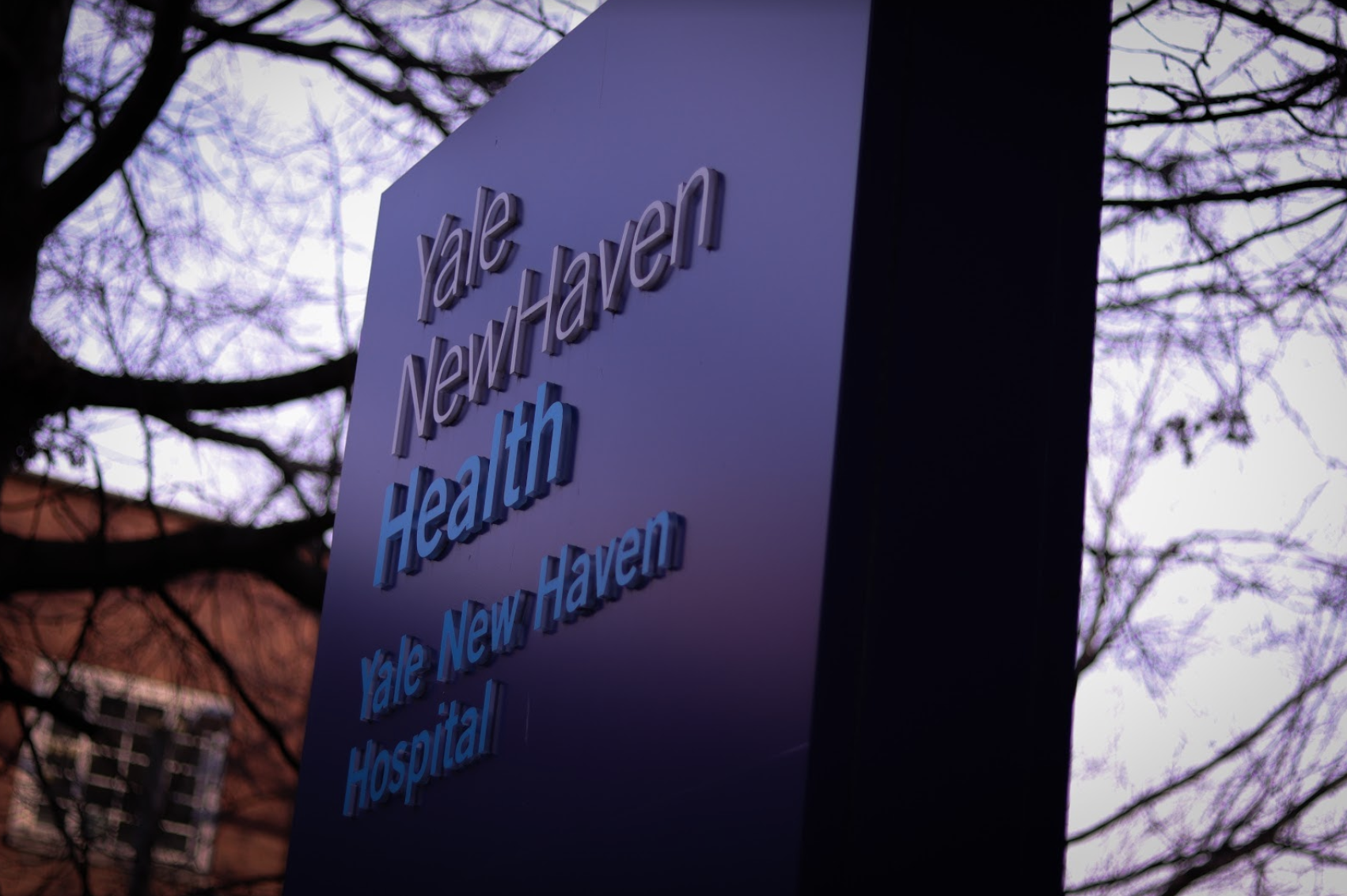Faculty offer insight on the role of AI in radiology
The impact of artificial intelligence in the healthcare sector is continuously expanding as novel technologies shape care methodologies and practices.

Marisa Peryer
Since the rise of artificial intelligence, or AI, its use in healthcare has expanded rapidly, particularly in radiology, a field of medicine that uses imaging technology to treat different diseases. The News spoke with several radiologists to learn about the rise of AI in their practice.
In recent years, many experts have used new AI technologies to improve computer vision for image interpretation. However, in an interview with the News, Sophie Chheang ’02, a radiology professor and a practicing interventional radiologist, said that providers could use AI for many other aspects of care delivery within radiology, such as billing and scheduling, reporting, education and communication.
“One interesting development in this AI journey is that radiologists are no longer afraid of AI replacing them. In fact, they’re trying to find ways to use AI to facilitate their day-to-day workflow,” Chheang said.
According to Chheang, many providers hope to harness AI technologies due to the widening gap between the supply and demand of U.S. radiologists — there simply aren’t enough radiologists to read the increasing number of imaging studies.
With this shortage of radiology specialists, Chheang and her team hope that AI could make their work more efficient, giving physicians more time and mitigating physician burnout.
Chheang also believes that these developments could help healthcare providers throughout the medical field. For example, Chheang cited certain AI algorithms that can identify medical emergencies, such as a brain bleed, before the patient even leaves the scanner. This would allow the care team, including neurologists, neurosurgeons and emergency room physicians, to administer life-saving treatments quicker than before.
“I think that we are on the cusp of a big AI revolution in medicine,” Chheang said. “In terms of how that’s going to impact the general public, I hope it is for the good. One goal would be to facilitate care to make it easier for people to understand their medical history, to understand their options, and to facilitate interactions with their physicians to make those interactions much more efficient.”
In terms of her continued work within the Yale New Haven Health System, Chheang is focused on product development of tools such as impression generation and report simplification. Some of these products have received awards for their innovation in radiology.
Chheang and her colleagues are launching a startup out of Yale to work on a range of solutions that help radiologists save time and patients better understand their healthcare journey.
Melissa Davis, a professor of radiology and biomedical imaging, also believes that AI will significantly impact both patients and providers. She believes that AI could help clarify healthcare information for practitioners. In many cases, health records are difficult to understand, and AI tools could mitigate these issues.
Currently, Davis and her colleagues are conducting research to use natural language processing, or NLP, algorithms to create more accessible radiology reports.
While many researchers at Yale New Haven Health are seeking to use AI in radiology, Davis and her research team are still aware of AI’s threats. However, she thinks it is essential to engage with AI to help ensure its safety.
“The largest threat that I see to the use of AI is having non-radiologic experts leverage this technology to supplant expertise,” Davis wrote in an email to the News. “This is why it is so important that radiologists are directly involved in the conversation of AI from build to implementation. Developers do not understand radiologic workflows while this is the radiologist’s day to day. A smart organization will leverage this technology with radiologists as centered in that workflow.”
Spencer Beck, a diagnostic radiology resident at YNHH, also recognized the potential negative effects of using AI in the medical field.
Nevertheless, Beck said that medical providers are now less concerned due to its increased presence in the hospital room.
“I think the much more common opinion now is that artificial intelligence will not certainly threaten radiology jobs now or anytime in the near future, but quite the contrary,” Beck said.
Beck said that AI technologies give radiologists a second set of eyes that looks for critical findings in the radiology images.
Still, Beck also noted that some AI algorithms that pre-scan studies looking for life-threatening diagnoses, such as pulmonary embolism and brain hemorrhages, make mistakes. For him, it is important that AI technologies operate with human physician oversight.
“It’s really important, no matter what the AI algorithm says that we go through our entire checklist, regardless of whether we have the AI input or not,” Beck said. “We have to give everything a thorough look, regardless.”
Learn more about the Department of Radiology and Biomedical Imaging here.







